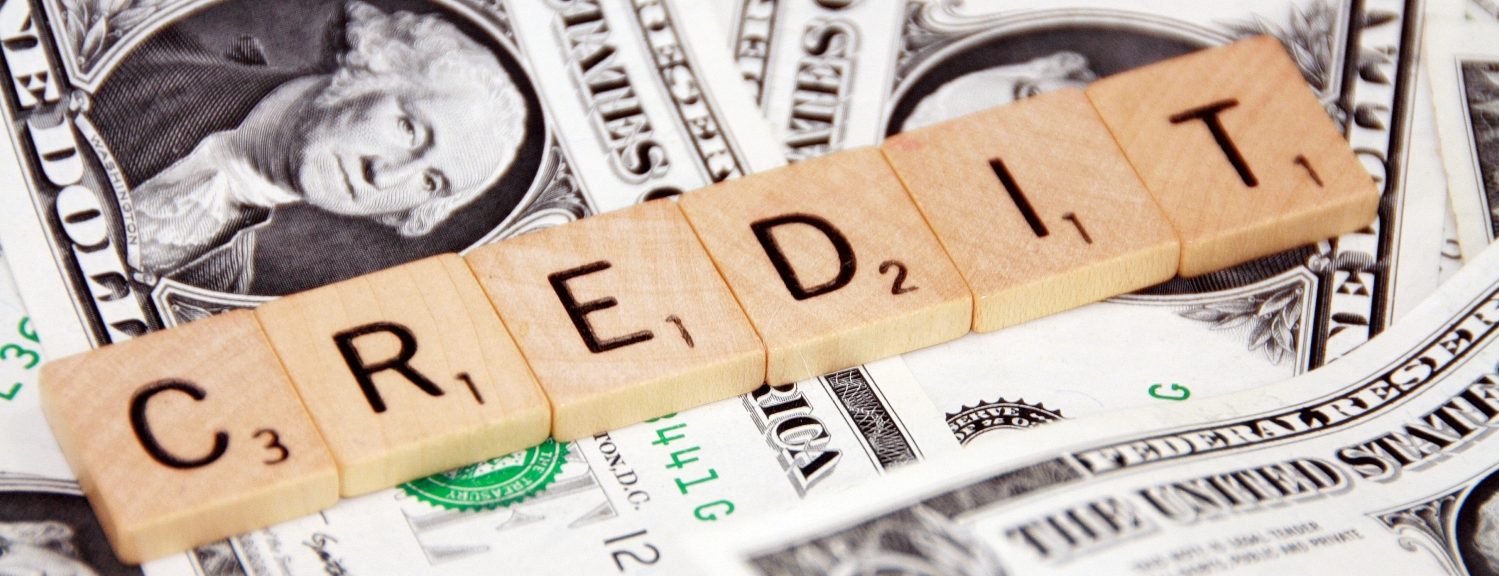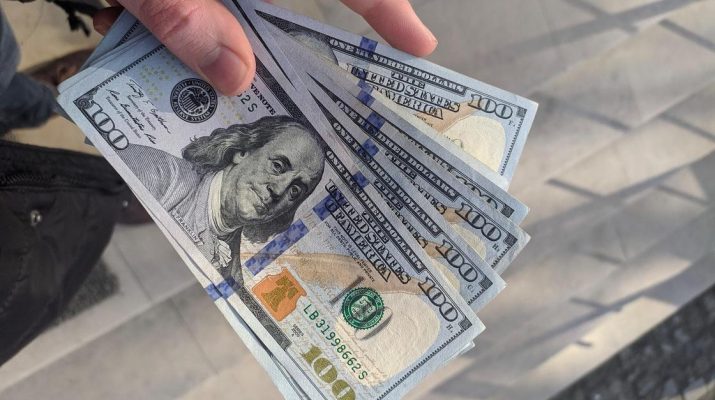Becoming the world’s most populous nation allows India to burnish its credentials as a global economic and political heavyweight. With a population that is much younger than those of China, the US and the EU, there will be renewed interest in India’s potential to be a beacon of liberal values. The west is eager to draw a democratic giant into its orbit. China and India will together account for about half of all global growth this year. But India risks emulating its bigger northern neighbour’s economic ascent under tight political control by a dominant authoritarian party.
Hindu nationalism in India is writing an epitaph for the country’s experiment with multi-ethnic secular democracy. Narendra Modi’s Bharatiya Janata party (BJP) has weakened institutions meant to keep the state both transparent and accountable. Information is censored, civil society hounded and protests suppressed. It is absurd that opposition leaders have been targeted to the extent that Mr Modi’s main rival – Rahul Gandhi – is currently disqualified from parliament. Such is the polarisation in politics that India’s last parliamentary session was the least productive since 1952.
Mr Modi’s party has bent state institutions to service its ideology. This has effectively rendered minorities second-class citizens. The suppression of the civil rights of the world’s largest minority group, about 200 million Muslims, is unlikely to be viable over a long period without giving up on democracy. This would be a terrible outcome for India and the world.
Most western countries only enfranchised all voters after industrialising. India had been an exception to the rule that capitalism comes before democracy. Its citizens acquired the right to vote well before modern industrial development. Autocrats have long claimed that democracy was inefficient. That argument entrenches at best “enlightened despotism”, but more often just brutal dictatorship. Deng Xiaoping told foreign observers in 1987 that democracy on the mainland might be viable in “half a century”. That prediction – of Chinese elections by 2037 – looks unlikely to be fulfilled.
Until 1990, India’s per capita income was higher than that of China; now it is only about a fifth of China’s. Beijing’s success was to integrate into the world economy without losing control of its domestic one. This was more about economics than politics. Mr Modi’s bet is that a single Hindu identity can transcend Indian society’s faultlines of religion, caste, region and language. Yet his parliamentary majority rests on the votes of just a quarter of the electorate. Large parts of India, especially its more developed regions, are resistant to his polarising politics. His crackdown on dissent is about weakness, not strength.
India’s democratic reversal is also rooted in a development model that suits global concerns rather than domestic ones. Because of its economic heft, India is a member of the G20. Its citizens, however, are the poorest in this group. The richest 5% of Indians can consume the same goods as the average Briton. Therefore the outside world tends to be interested in Indian success as defined by the growth in this class – as the greater their purchasing power is, the larger the market for global goods and services.
The latest Lamborghini sports car models, which cost £400,000, are already sold out in India. But 350m Indians went hungry in 2022, up from 190m in 2018. Rather than taxing the rich and corporates to fund health and education, the BJP has taxed the poor to pay for public services. India added zero net new jobs over the past decade, even as the number of people in the labour force rose by more than 100 million. The country’s democratic rise is far from assured. But for it to be sustained, there must be a political consensus that the prosperity of all its people, not just those at the top, should be increased.




